If gothic aesthetics had a calendar, autumn would be its crown jewel. It is the season when shadows lengthen, when light turns amber, when the air carries both chill and comfort. More than any other time of year, autumn embodies the gothic mood: a gentle melancholy softened by beauty, a cozy darkness lit by warmth.
We associate autumn with pumpkins, scarves, falling leaves, and candlelight. But its connection to the gothic is deeper than seasonal decoration. Autumn is a natural gothic season because it holds contrasts: life and death, light and shadow, endings and beginnings. It reminds us that beauty is fleeting—and that fleetingness itself can be a kind of comfort.
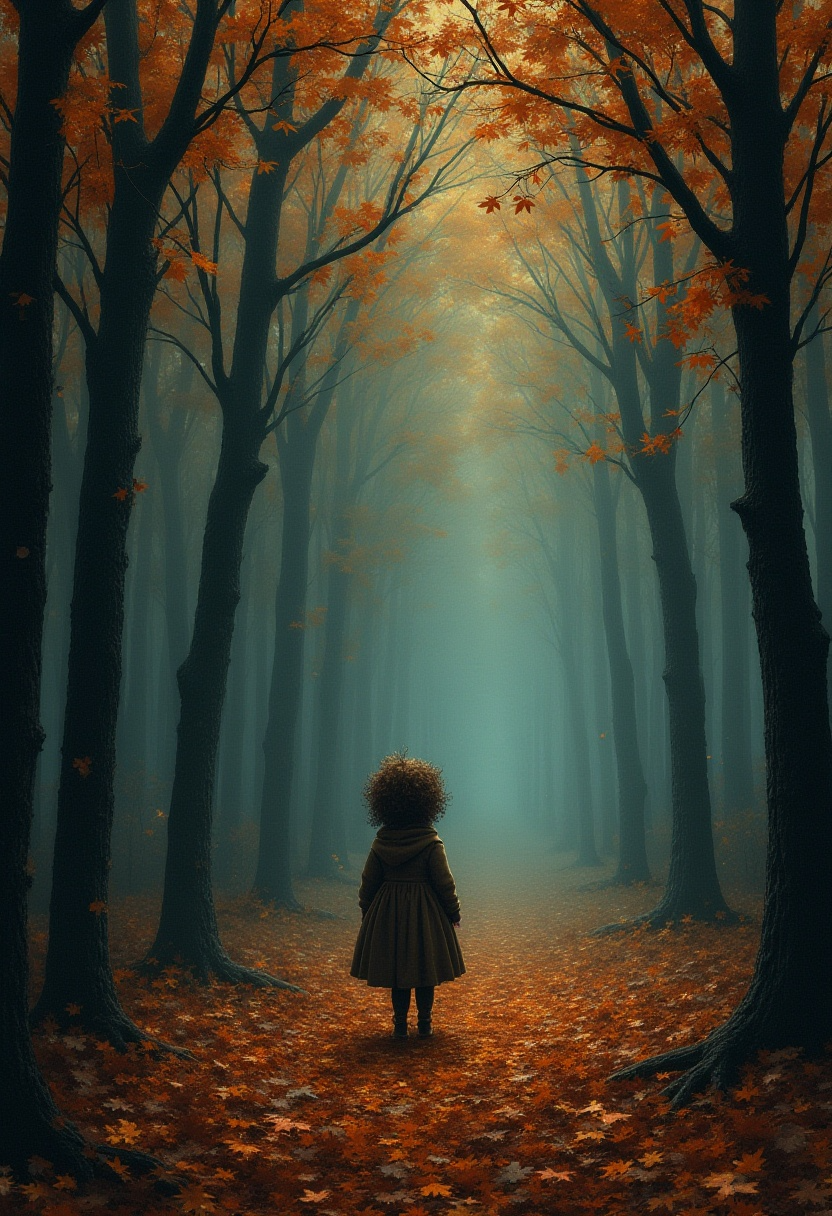
The Gothic Colour Palette of Autumn: Shadows, Fire, and Fog
Autumn is a painter. Its palette is richer than summer’s brightness or winter’s starkness. Leaves turn to copper, gold, crimson, and russet, scattering across cobblestones and staircases. Fog rises in the mornings, softening the edges of the world. Sunsets linger in shades of wine and amber, and evenings fall earlier, inviting us to spend more time indoors.
This palette is deeply gothic. It carries warmth, but also shadow. It is both vibrant and muted, celebratory and wistful. That blend of intensity softened by transience perfectly matches the gothic aesthetic, which thrives on beauty touched by impermanence.
Victorian writers and poets recognized this. John Keats, in his ode To Autumn, described the season as “close-bosom friend of the maturing sun.” His words capture not only abundance but intimacy: autumn presses close, fills the senses, slows the world into reflection. For gothic sensibilities, this intimacy is key.
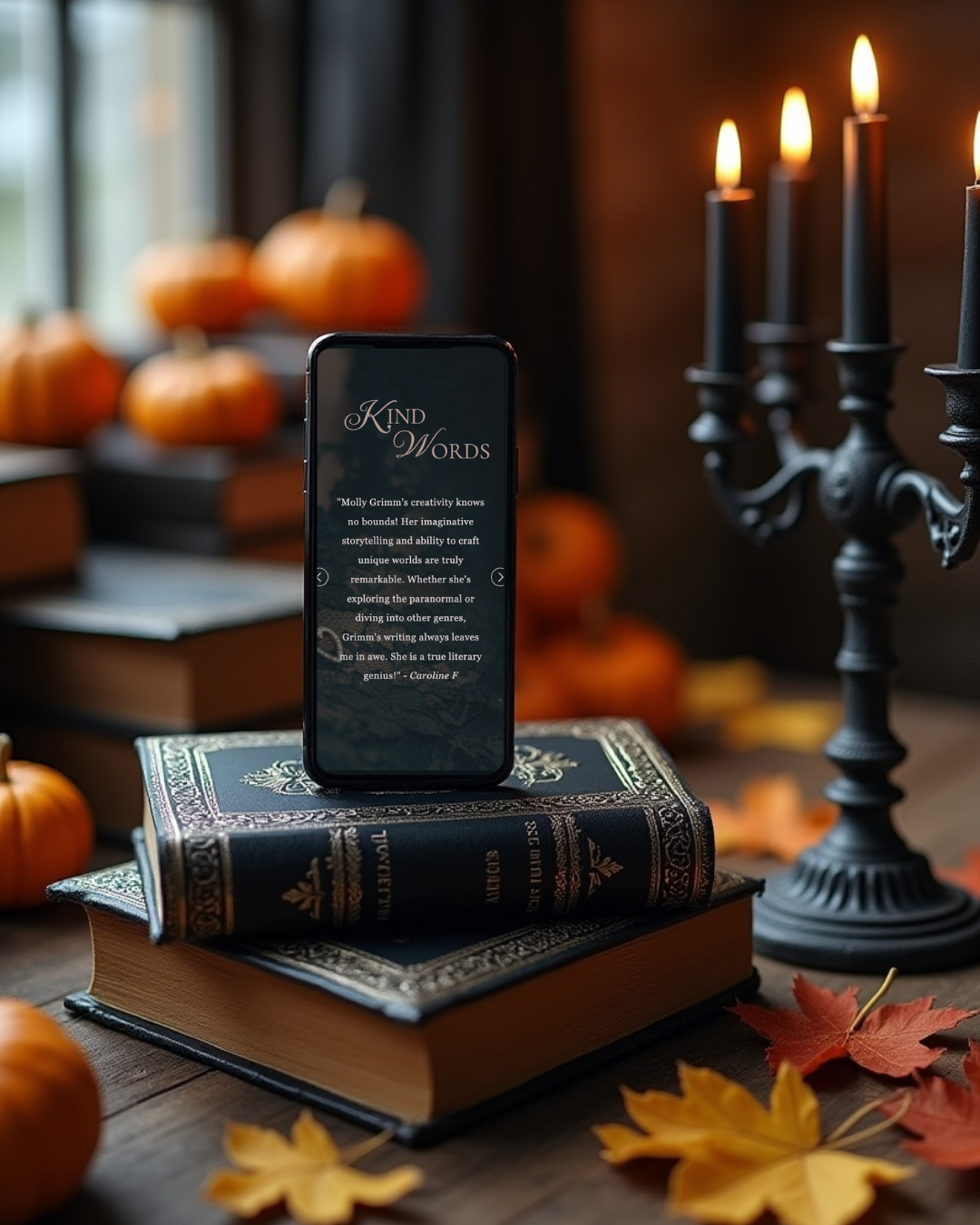
Seasonal Rituals: Victorian Autumn Traditions and Today’s Cozy Gothic Vibes
Autumn is also ritualistic. It carries rhythms and ceremonies: harvests, festivals, fires, and gatherings. In Victorian times, autumn marked the shift from summer sociability to winter interiors. Families retreated into parlours, drawing closer to hearths and candlelight.
This retreat into shadow is central to gothic coziness. It is not isolation but inwardness, a time to read, to write, to decorate, to tell stories. The parlour at dusk, with lamps lit and curtains drawn, became a symbol of safety amid darkness. That same rhythm survives today in our autumn rituals: baking, decorating with pumpkins and leaves, and lighting candles earlier in the day.
Even Halloween, stripped of its spookiness, is a celebration of ritual. It is not the horror but the pageantry—jack-o’-lanterns glowing, costumes worn, houses adorned—that delights us. These customs, playful and decorative, embody gothic charm as much as they echo folklore.

Autumn, Memory, and the Gothic Sense of Nostalgia
Part of autumn’s gothic power lies in its relationship to memory. The season always feels like a return to school days, to familiar holidays, to past Octobers that left their mark. The smell of wood smoke or cider can summon an entire aesthetic from years past.
This connection to memory is profoundly gothic. Gothic aesthetics are about layering, about traces that linger, about the feeling that the past is always present. Autumn enacts this naturally. It reminds us of what has come before while making beauty out of endings.
No wonder our feeds fill with autumn imagery every year. We are not only decorating—we are remembering. Every photo of a leaf-strewn street or a foggy morning carries not only visual beauty but personal nostalgia.
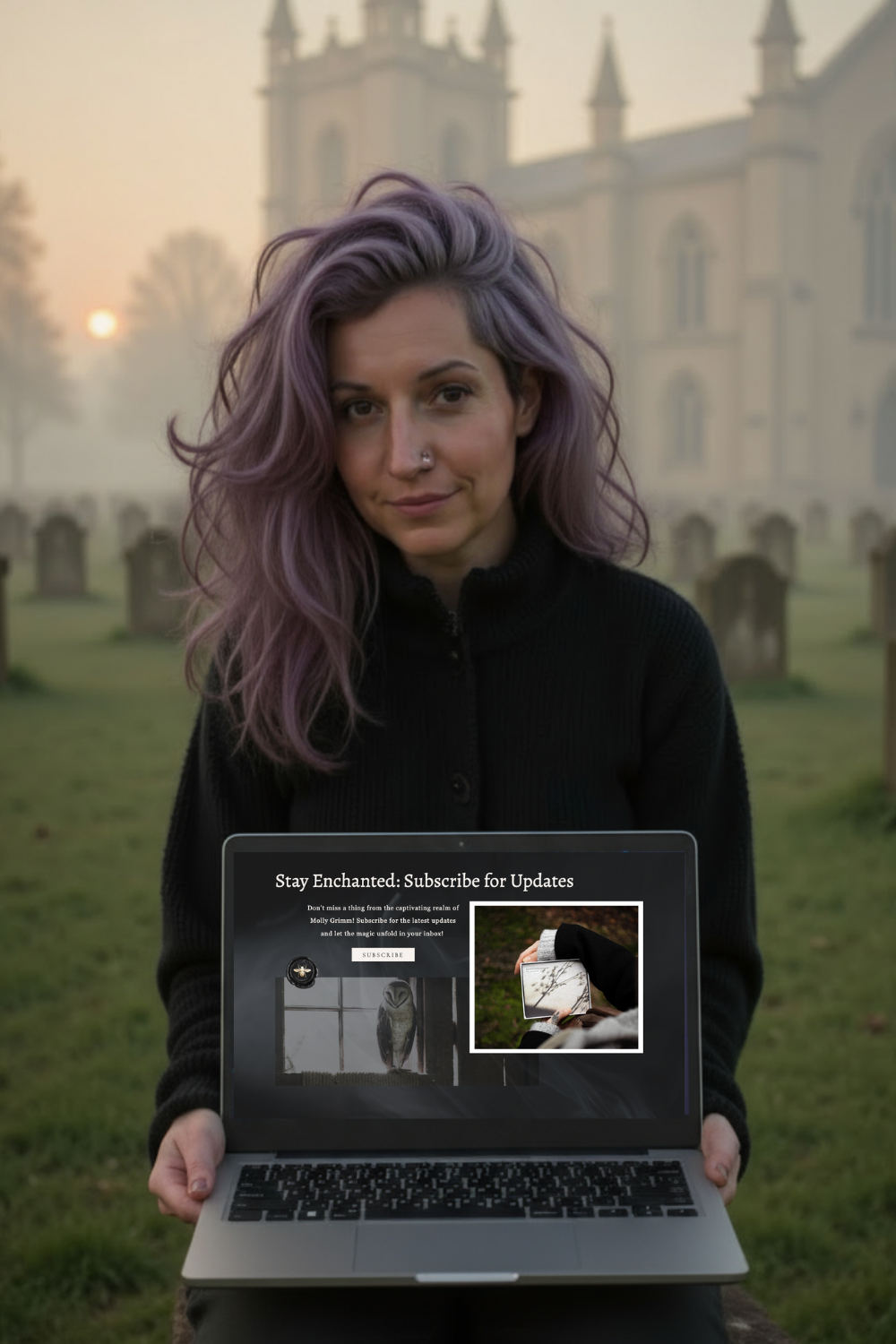
How Autumn Interiors Create Gothic Coziness
The Victorians loved autumn interiors: velvet curtains drawn against chill air, rich fabrics layered on sofas, lamps glowing in every corner. Rooms were made cozier in anticipation of longer nights. Seasonal flowers and arrangements of branches brought the outdoors inside, echoing the changing world beyond the windows.
Today, we replicate this instinct almost unconsciously. We transition to darker, warmer tones in our clothing, décor, and even our social media feeds. We photograph candlelight on books, arrange pumpkins on mantels, and sip tea by foggy windows. These acts are not superficial; they are aesthetic rituals that help us align ourselves with the season’s aesthetic.
In a culture that often demands speed, autumn slows us down. It invites us to savour. This is why it feels so compatible with gothic sensibilities: both are about depth, not haste; about mood, not efficiency.
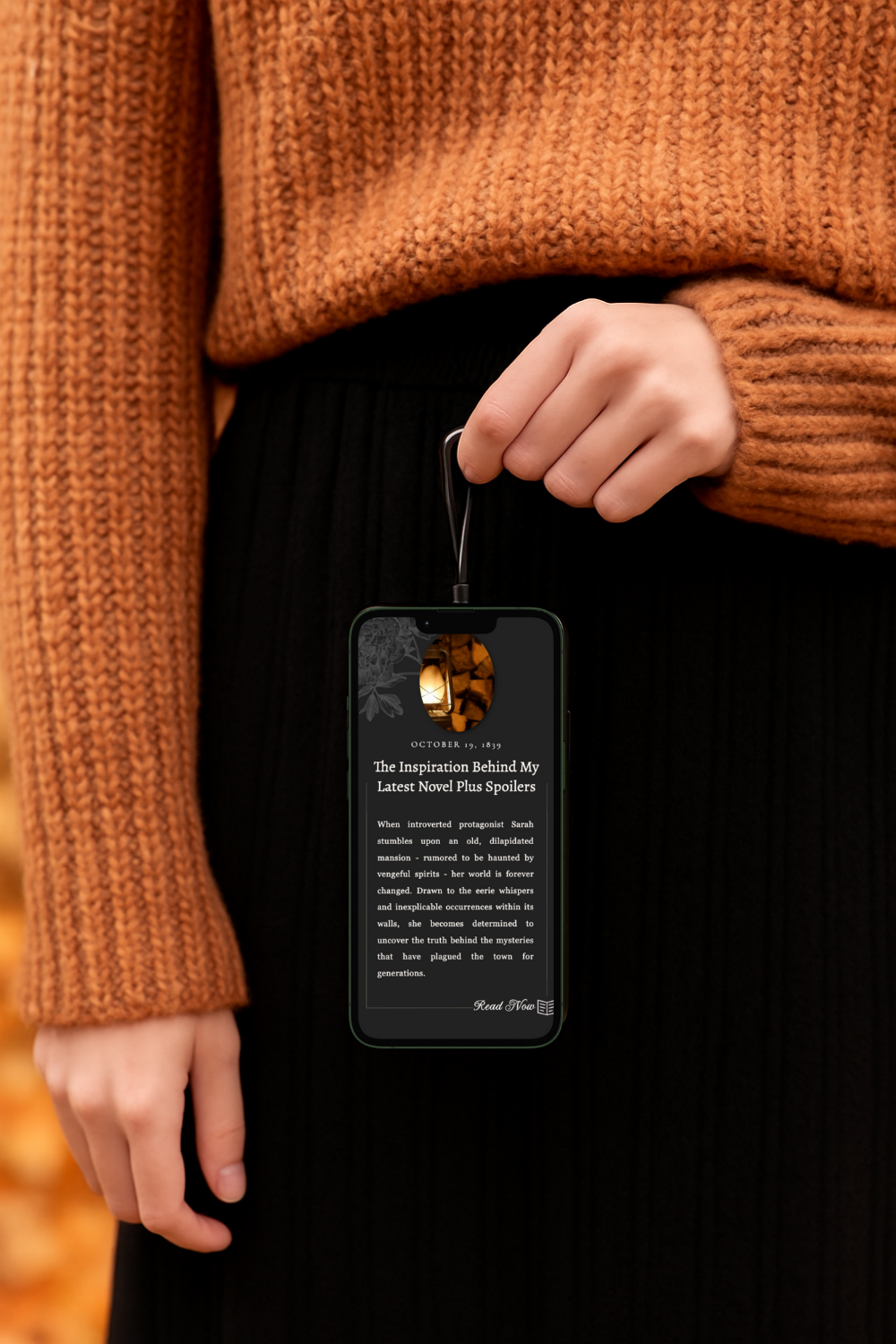
Why the Gothic Belongs to Autumn (and Why We Return Every Year)
Autumn belongs to the Gothic because it embodies the heart of what Gothic aesthetics celebrate: beauty touched by shadow, comfort found in change, and an aesthetic infused with memory. It is the season when the world itself seems to dress in velvet and lace, when light filters through amber leaves like stained glass, when nights stretch long enough to make stories glow.
We do not need ghosts or horror to feel haunted in autumn. The season itself is a gentle haunting—a reminder of time’s passage, a hush in the air, a sense that the world is whispering. And far from being frightening, this haunting feels like home.
This is why gothic aesthetics bloom most fully in autumn. The season gives us the textures, colours, and moods we crave: the candlelit parlour, the ivy-covered arch, the foggy morning walk, the crisp leaf underfoot. Each detail is poetry. Each shadow is an aesthetic.
And so every year, we return. We decorate, we photograph, we gather, we post. Autumn is not just a season—it is a stage, the natural theatre of gothic coziness.
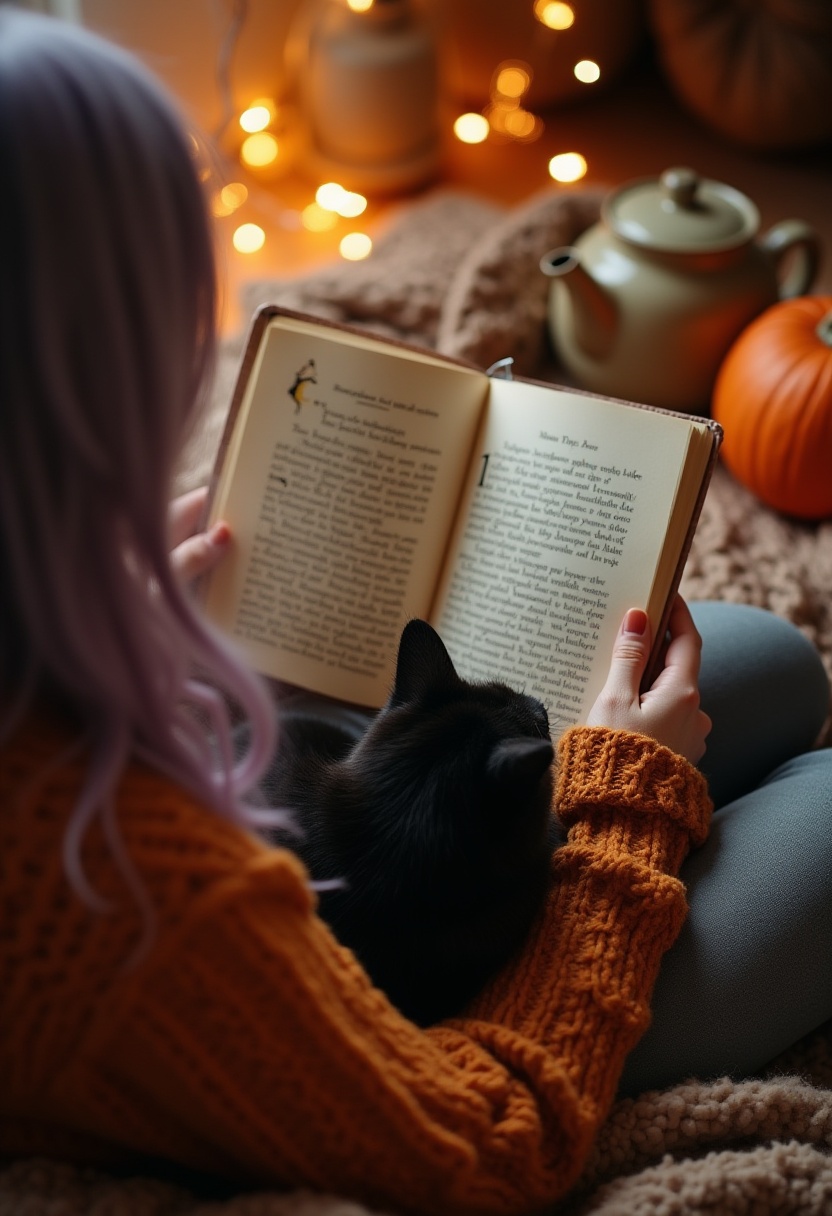
Love the mood of gothic autumn? Bring that same aesthetic to your own corner of the web. Explore my collection of Showit website templates—crafted for authors, artists, and cozy creatives who want their online space to feel like home.